WORDS
Chris Madigan
Often treated as an afterthought in champagne blends, pinot meunier is just as likely to be called “the other one” after chardonnay and pinot noir. But, if the recent Champagne Show, organised by The Whisky Exchange, is anything to go by, the humble miller (as “meunier” literally translates) is finally getting to tell its tale. It is the lead grape in brut blends, rosés and blancs de noirs, but is also used to the exclusion of other grapes – especially in grower champagnes.
Dawn Davies, master of wine and head buyer of The Whisky Exchange, says of the grape, ‘People have traditionally underestimated pinot meunier but I think there’s increasing interest because it provides really pretty, very approachable, fruit-forward styles of champagne. Chardonnay and blanc de blancs have been all the rage for the past 10 years. And, like everything in drinks, people want to find something to talk about that’s different to what the generation before was talking about. So now, people are excited about blancs de noirs. And what can make a difference if you’re jumping into a new category is to have these wonderfully fruity styles that meunier provides.’
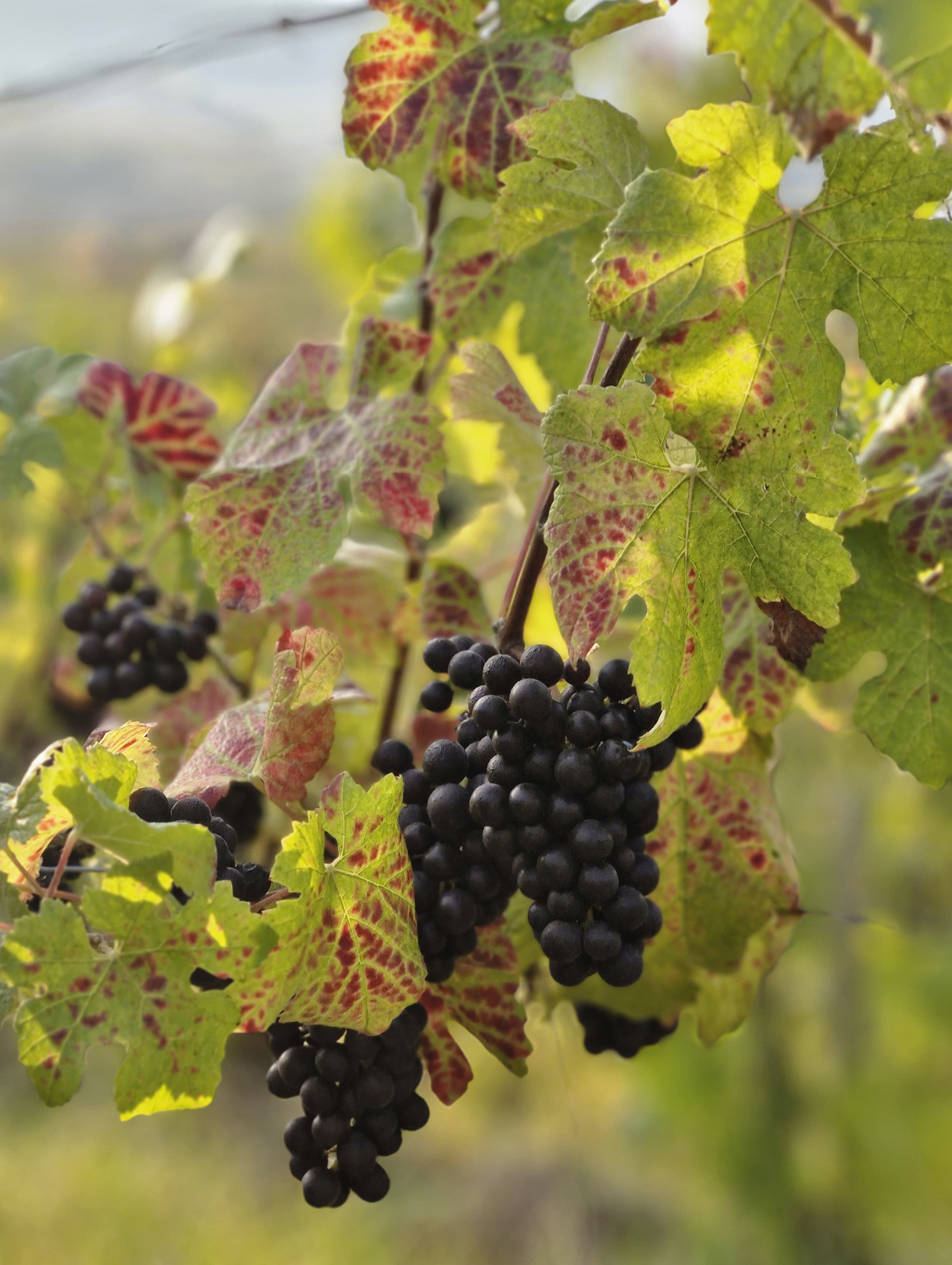
Cameron Foster of importer Deux Six Wines says, ‘The attraction – especially to the artisan grower producers, but increasingly to the grande marques too – is that meunier expresses different characteristics to the grapes people are used to. It provides vibrant, energetic fruit, young fruit. More tropical notes, some mandarin orange, those vibrant fruits, rather than the rich red berries and cherries you would get from a pinot noir.’
Of course, meunier has long contributed its youthful pep to brut champagne blends and, in some years, circumstances pushed it higher in the mix, as Ben Lewis from the champagne distributor Sip explains: ‘It’s a very hardy grape, with a fairly thick skin, so it’s very frost resistant. Champagne is susceptible to frost, so it could be relied on to make up a shortfall of other grapes.’
Reliable, but rarely enough to take the lead role, as Lewis continues: ‘It was always traditionally a grape that wasn’t entirely trusted by the winemakers; it used to be felt there was a touch of a bitterness to it – that thick skin. But now we are seeing more and more winemakers working predominantly with meunier, and making exceptional wines.’
The rise of grower champagnes means that some of those artisan makers are working with what they have, which sometimes means vineyards already planted to meunier. Cameron Foster says, ‘While pinot noir and chardonnay work well in chalky soils, pinot meunier really suits clay and sandy types of soils.’
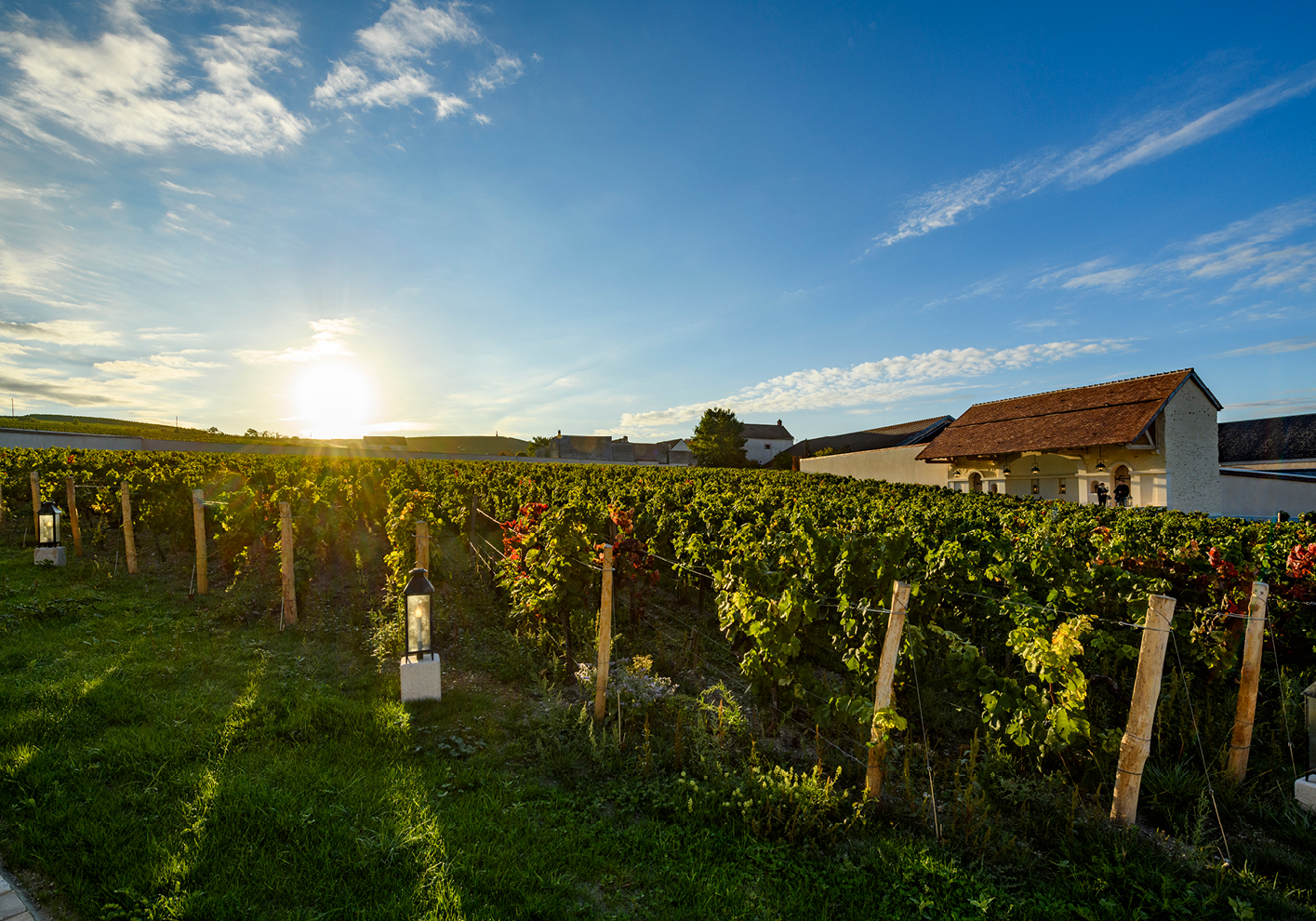
As a result, terroir that is less in-demand for the big two varietals but is still classified as champagne, becomes desirable for planting vines: areas such as the Vallée de l’Ardre and the Côte des Bar.
Necessity is the mother of invention and so, says Ben Lewis, ‘one of the beauties of the rise of grower champagnes is constant innovation. You’re seeing a lot of different production methods to get the best out of meunier, vinifying in oak, working with a perpetual reserve [a sort of solera system that maintains older wines to blend in a cuvée] and so on. So, I think we’ll see meunier as a grape that develops and becomes more popular.’
Adaptability is another reason for the rise of meunier. It’s not only frost that the grape can withstand. Dawn Davies uses the c-word: ‘Because of climate change and things getting warmer, I think it’s really suiting meunier and giving it a lovely character.’
Climate change also means unpredictable rain patterns, too. Cameron Foster says, ‘Pinot meunier is just a bit more robust. It can deal with moisture and doesn’t get affected as much by mildew and rot. It is a beautiful, beautiful drink. And we’re starting to see a lot more being used. Especially from the grower producers, but by the bigger ones too.’
At one of the bigger houses, meunier is already a major player. Charlie Wethered represents Billecart-Salmon in the UK: ‘Pinot meunier has the signature freshness we always look for with the champagnes. We have a series of 100% grape champagnes called Les Rendez-Vous de Billecart-Salmon, and the first was a pinot meunier. As was my personal favourite, Rendez-Vous No.3. But our core non-vintage champagne, Le Réserve, is also 43% pinot meunier, so we do champion the grape. It offers a lot for a youthful wine – red apple and bright, red fruit. It’s absolutely delicious. It doesn’t age that well, but it rounds out nicely after a few years.’
As Le Réserve is aged on the lees for 50 months, and includes 70% reserve wines going back 15 years, it clearly ages fairly well – especially with a bit of oak involved. This is important because Billecart-Salmon uses a very low extra-brut dosage. ‘Some houses will put it up to 10 or 12 grams to give the impression of age, richness and complexity. We like to keep it as true to the actual terroir and grapes as we can. So that’s why we’ve reduced the dosage and increased the ageing.’
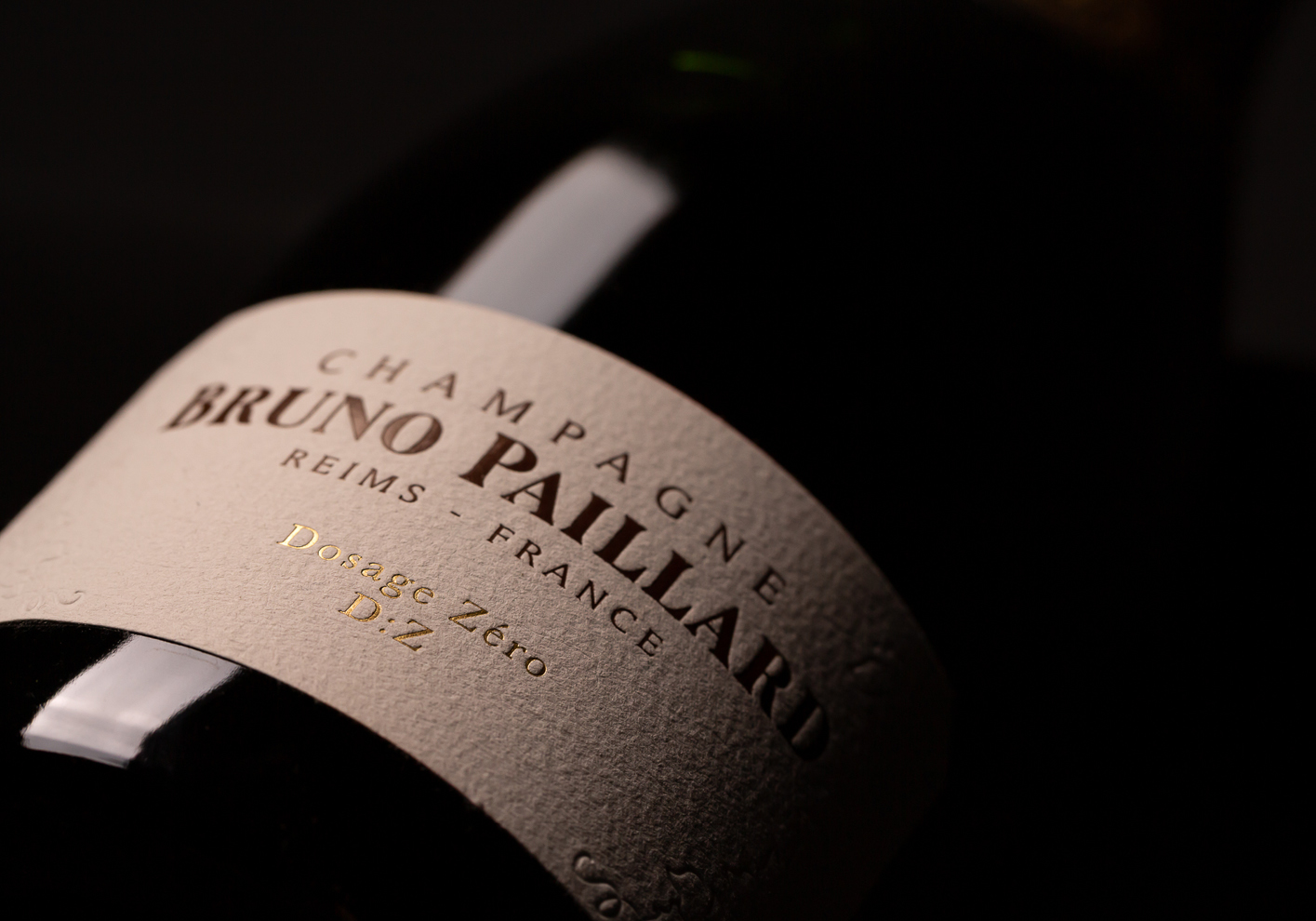
Bruno Paillard is another house where dosage is kept as low as possible. Its “D:Z” ( Dosage : Zéro) is a multi-vintage champagne where pinot meunier is in the spotlight at 50% of the blend, with 25% for the other two. Again, long ageing on the lees and after disgorgement, plus the use of a large amount of reserve wines, achieve the balance of complexity with fresh fruit notes.
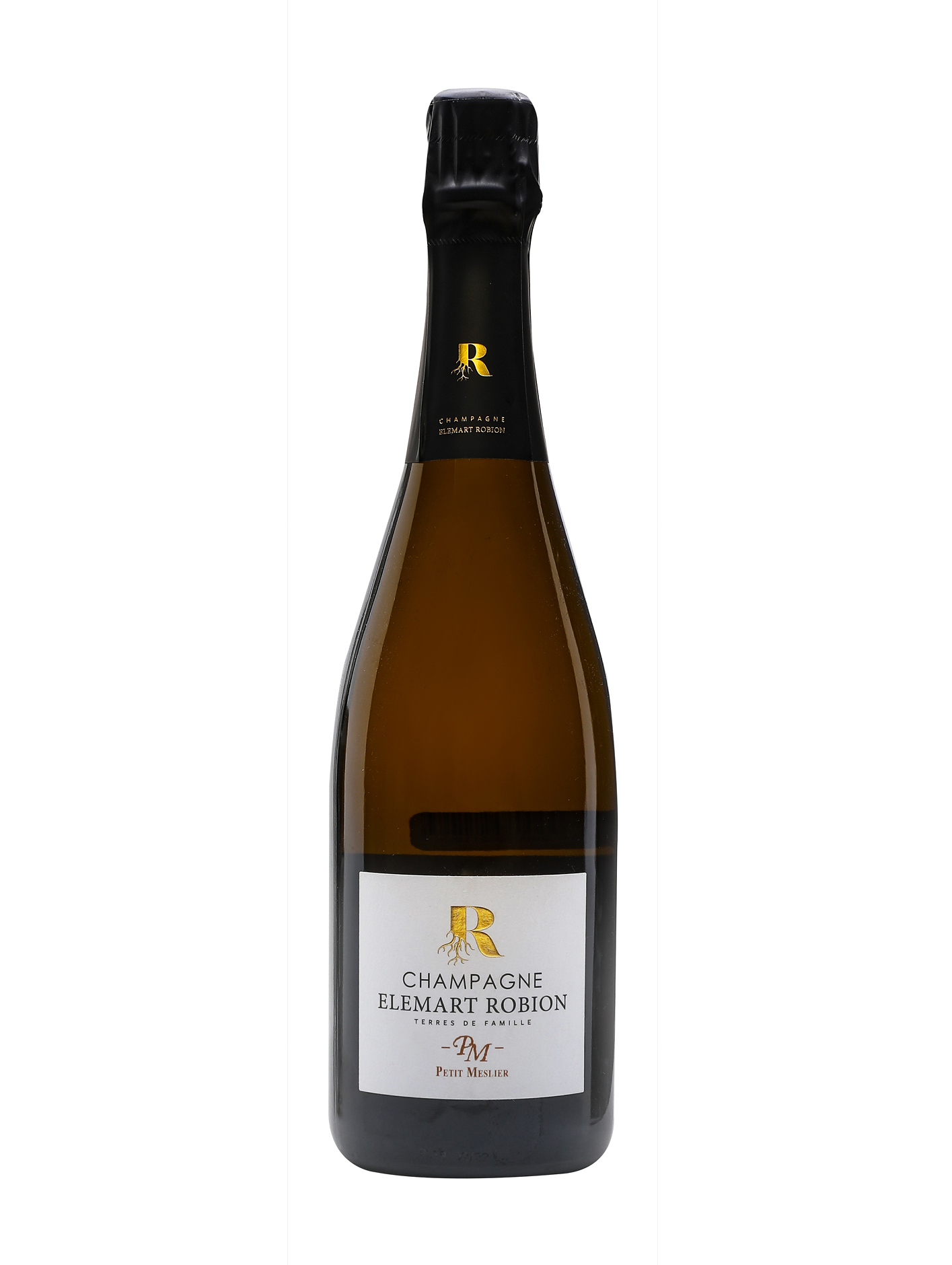
At a time when there is much talk of how southern England will take over from Champagne as the cradle of méthode traditionnelle, or the Comité Champagne having to accept new grapes into the AOC, it is reassuring to champagne lovers that the future of the drink may already be there… as well as pinot meunier, other grapes are having their days in the sun. Brummell tasted a vivacious, moreish 100% pinot blanc from Laculle Frères, and Elemart Robion’s citrussy, green-apple-fresh 100% petit meslier that would make a great apéritif
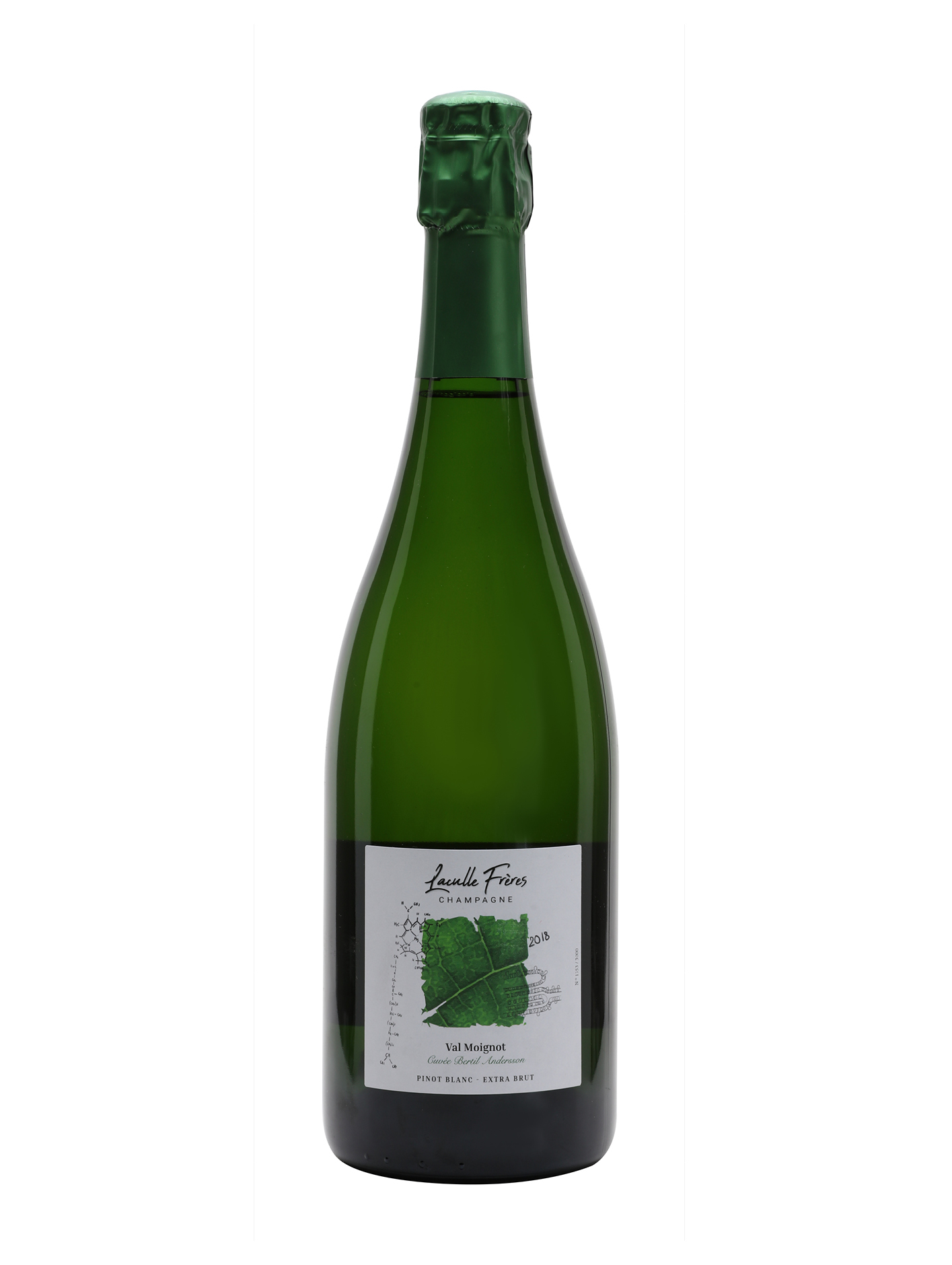
Dawn Davies from The Whisky Exchange tells us she’s even seen Arbane-led champagnes out there as well. ‘A lot of the new generation of grower makers are going outside of champagne, learning in Burgundy, learning in the New World, and they want to come back and do things differently. So that’s why we’re seeing a lot of a revival of some of these older, less trendy grapes. And I’m very excited for what’s happening in champagne right now – it’s being dialled up.’
The best of pinot meunier

Billecart-Salmon Brut Le Réserve
43% pinot meunier
One of the most perfectly balanced champagnes available and it’s led by meunier. Everything you expect from a champagne: orchardy floral notes and a scent of baking on the nose, white stone fruits and crisp apples and pears on the palate, along with biscuit and toast, with a hint of minerality, leading to a long finish.
£46.75 at The Whisky Exchange

Bruno Paillard D:Z
50% pinot meunier
Dry but generously fruity on both nose and palate, with a spicy, aromatic quality, a touch of salinity and a long finish.
£59, Hedonism Wines

Elemart Robion Les Monets
100% pinot meunier
As well as a 60% meunier (with 20:10 chardonnay & pinot noir) VB03 blend, this Montagne de Reims producer has this 100% meunier blanc de noirs. It’s dry but rich, some baked fruits and marmalade notes and toasted brioche, as well as an romatic, tropical overlay. It is the closest thing you’ll find to a red wine in a sparkling white.
£71.25 from The Whisky Exchange

Famille Délouvin Meunier Perpetuel Brut
100% pinot meunier
This Marne Valley producer uses a perpetual reserve, so this contains wine going as far back as 1992. There’s an initial burst of red fruit before baked apple, toffee and a strong florality, like acacia honey.
£44.75 from The Whisky Exchange

Remy Lequeux-Mercier G4.2
65% pinot meunier
This meunier-led cuvée from the western edge of the Vallée de la Marne is ridiculous value. It is based on a 2012 vintage, with ageing on the lees for 11 years, giving it a nutty, oxidised, almost fino sherry-like character. That’s in addition to classic lemon meringue pie brightness and richness.
£35.95 from The Whisky Exchange

Salmon 100% Meunier Rosé
100% pinot meunier
Not to be confused with Billecart-Salmon, this Chaumuzy-based grower’s vineyards are planted with 85% meunier. As well as a fantastic dry and mineralic white, Salmon produces a very different rosé, all cherry bakewell at the front with earthy mushroom depths.
£65.95 from The Whisky Exchange





